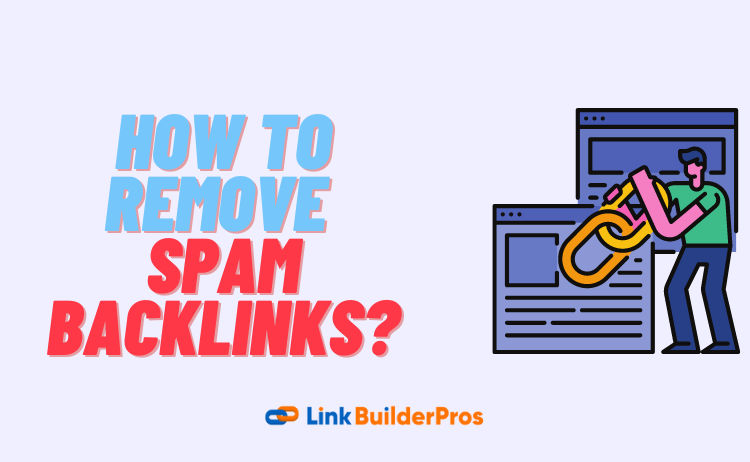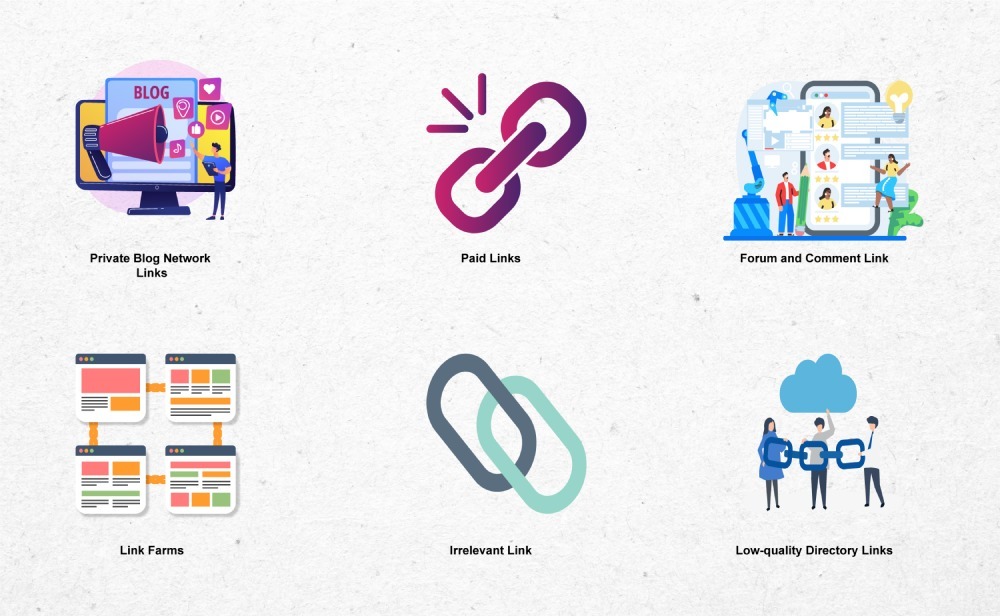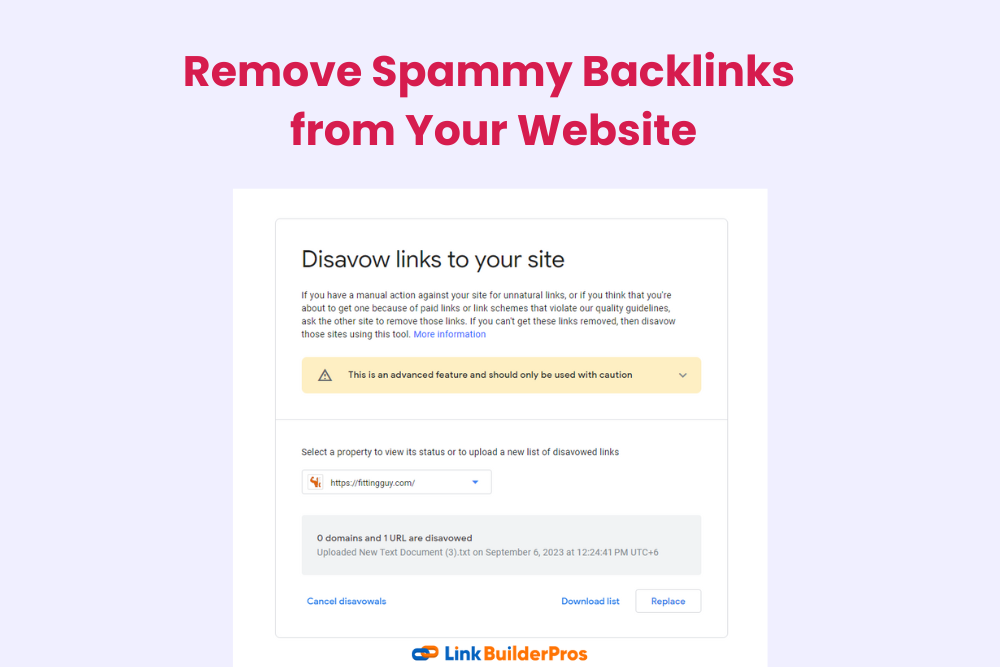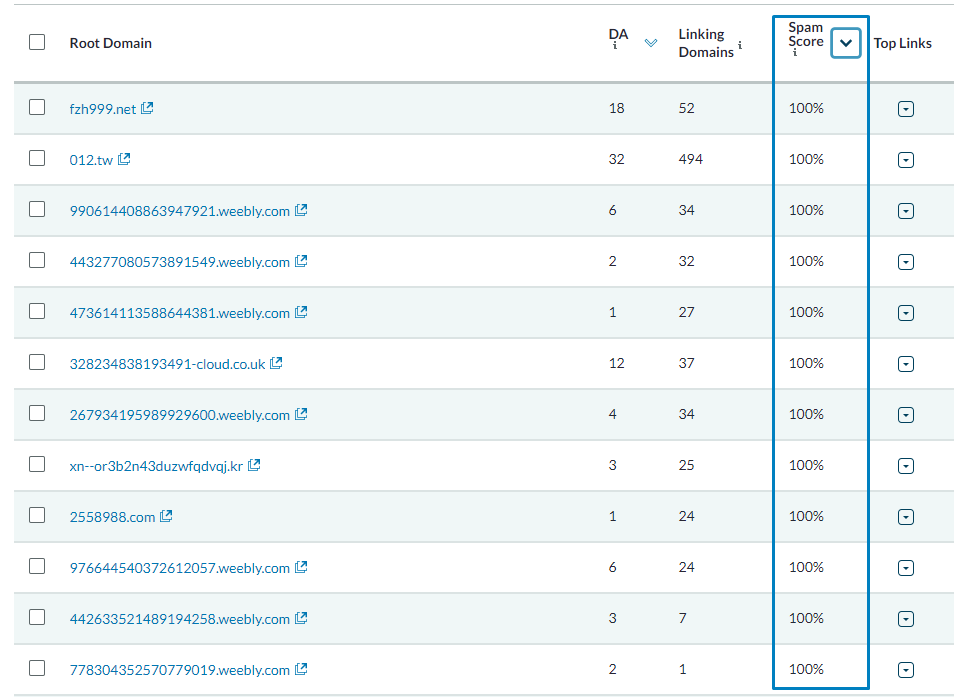Blogs
Practical Insights & Latest Happenings
Don’t miss out on the latest trends and info on SEO, search engines, social media, and more.
September 6, 2023
mothasim

If you have a website, you try to build backlinks to increase its visibility and ranking on top search engines like Google or Bing. But not all backlinks carry the same weight. Some come from low-quality or spammy websites that don’t have a good reputation. These types of links are known as toxic backlinks that are harmful to your SEO.
Toxic backlinks can negatively impact your SEO in several ways. First, they lower your site’s credibility and authority in the eyes of search engines. When Google sees that your site is linked to from shady or irrelevant sources, they may assume that your platform is also of low quality or spammy.
Second, toxic links can harm your organic search rankings. Google takes into account the quality and relevance of the websites linking to you. If they find a lot of toxic links pointing to your website, they may think you are trying to manipulate their algorithms and penalize you.
But that does not mean all backlinks from less reputable websites are toxic. Sometimes, you may receive backlinks unintentionally, such as through link spamming or unethical SEO practices employed by others. In such cases, you should regularly monitor your backlink profile and disavow toxic backlinks.
Here we will show you how to remove spam backlinks so your link building endeavor sees the desired results eventually.

These backlinks come from websites that are irrelevant to your content or have no authority. They often come from link farms, which are networks of websites created solely for generating backlinks without providing any real value to users.
PBN (Private Blog Network) is one such example. PBN links are obtained by creating or purchasing a network of websites with the primary purpose of manipulating search engine rankings.
In a PBN, the owner sets up multiple websites and uses them to link back to their main website, also known as the money site. The main goal is to artificially boost the search engine rankings of the money site by creating a network of backlinks.
Paid links are links that you acquire by paying a website or a third party to place them on their site. While not all paid links are bad, those that violate search engine guidelines by not being disclosed as sponsored or manipulated for the purpose of boosting rankings are considered bad links. Search engines think these links are an unnatural way of trying to improve your site visibility.
As the name suggests, they come from websites that have no relevance to your industry, niche, or content. When search engines see too many irrelevant backlinks pointing to your website, they may interpret it as an attempt to manipulate rankings.
Sitewide links appear on every page of a website. They are usually found in the header, footer, or sidebar section and provide easy navigation or highlight important content across the entire site.
But they can be bad when used excessively because they create an unnatural linking pattern. In some cases, sitewide links may also come from spammy websites.
Directory links are hyperlinks obtained by submitting a website to online directories. These directories are platforms that categorize websites based on their industry, location, or other criteria. In the past, directory links were considered a popular method for improving rankings but today they are regarded as a negative practice.
Link exchange schemes involve an agreement between two or more websites to exchange backlinks with each other. While legitimate reciprocal linking can occur naturally, excessive and manipulative link exchanges solely for the purpose of boosting rankings are usually seen as a search engine guideline violation.
Comment spam occurs when individuals or automated bots leave spammy comments on blog posts, forums, or other platforms with the sole intention of inserting a backlink to their website. These comments are often irrelevant or generic and add little or no value to the discussion.

It takes time and patience to remove low-quality backlinks and make your website more search engine friendly. This means when you are wondering about how to get rid of spam backlinks, keep in mind that this won’t be a process that can be finished overnight.

Start by analyzing your backlink profile. You can use tools like Google Search Console, Moz, SEMrush or Ahrefs to identify the spammy links pointing to your site. Look for links from suspicious or irrelevant sources, excessive anchor text usage, or links from low-quality websites.
Not all spam backlinks are created equal. Some might have a negative impact on your SEO, while others may be harmless. Evaluate each backlink individually to determine its potential harm. Keep in mind that links from penalized or malicious websites should be your top priority for removal.
Reach out to the webmasters of the websites hosting the spam backlinks. Look for contact information on their websites or use a WHOIS lookup tool to find their email addresses. Send a polite and professional email explaining that you’ve identified a spam backlink pointing to your site and kindly request its removal. Provide specific details about the backlink, including the URL and anchor text.
If you’re unable to get a response or the webmaster refuses to remove the spam backlink, you can utilize Google’s Disavow Links tool. This tool allows you to tell Google that you don’t want these particular backlinks to be considered when evaluating your rankings.
Create a text file listing all the spammy URLs or domains you want to disavow and submit it through the Disavow Links tool in Google Search Console.
Note: do not try to disavow too many links at once because it could actually hurt your rankings.
Keep an eye on your backlink profile to ensure the spam backlinks are removed or disavowed successfully. Periodically check Google Search Console and other backlink analysis tools to identify any new spam backlinks that may have appeared. If necessary, repeat the removal process for the newly discovered spam links.
While removing spam backlinks is essential, it’s equally important to focus on building high-quality, relevant backlinks. Focus on legitimate link-building practices such as creating valuable content, guest blogging on reputable websites, or reaching out to influencers in your industry for collaboration. This will really help dilute the impact of any remaining spam backlinks.
When learning how to remove spam backlinks, keep in mind that this is an ongoing process and will take time to see the desired results. Patience and persistence is key. Stay vigilant, regularly monitor your backlink profile, and take proactive steps to maintain a healthy link profile. Good luck!